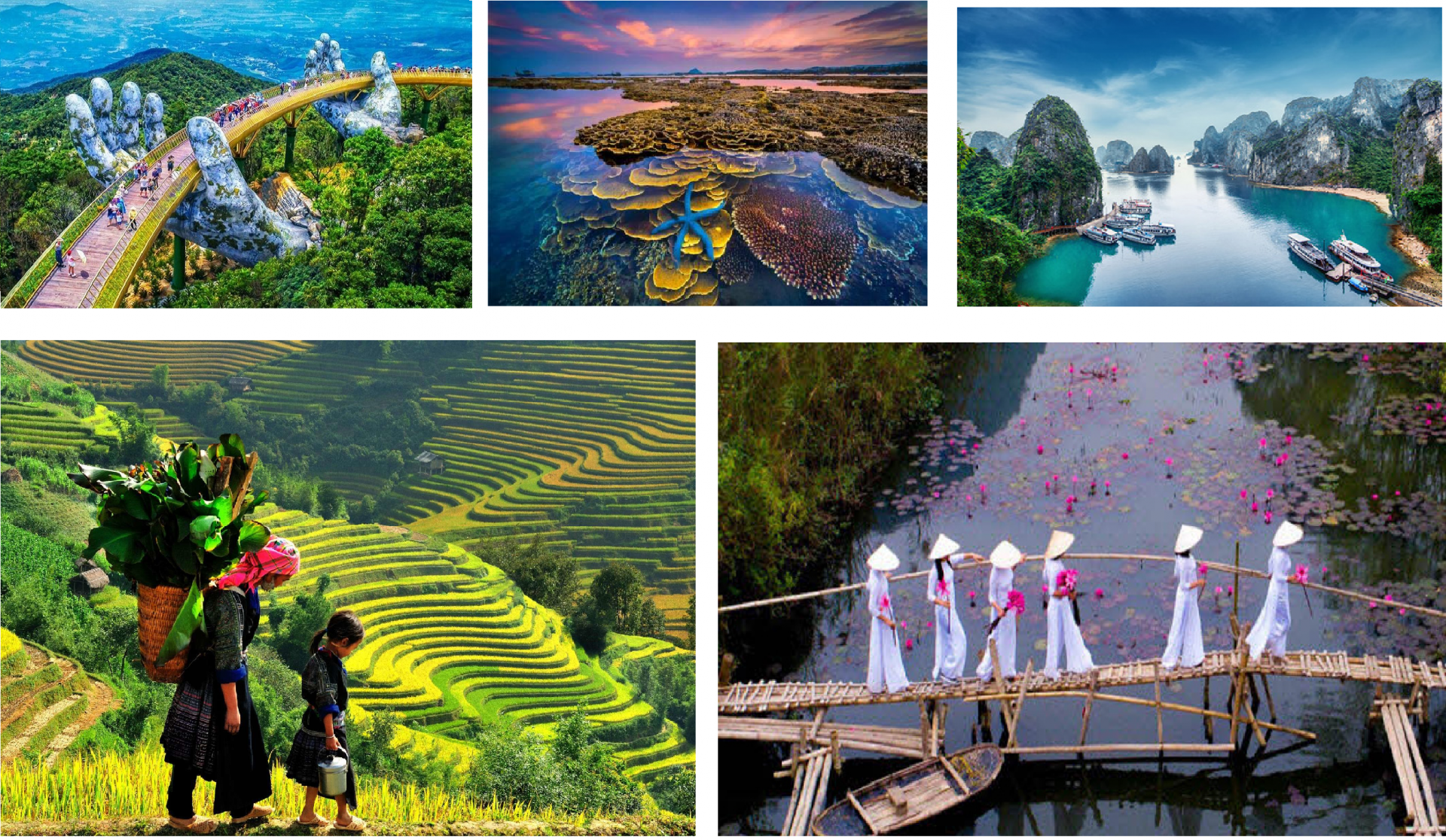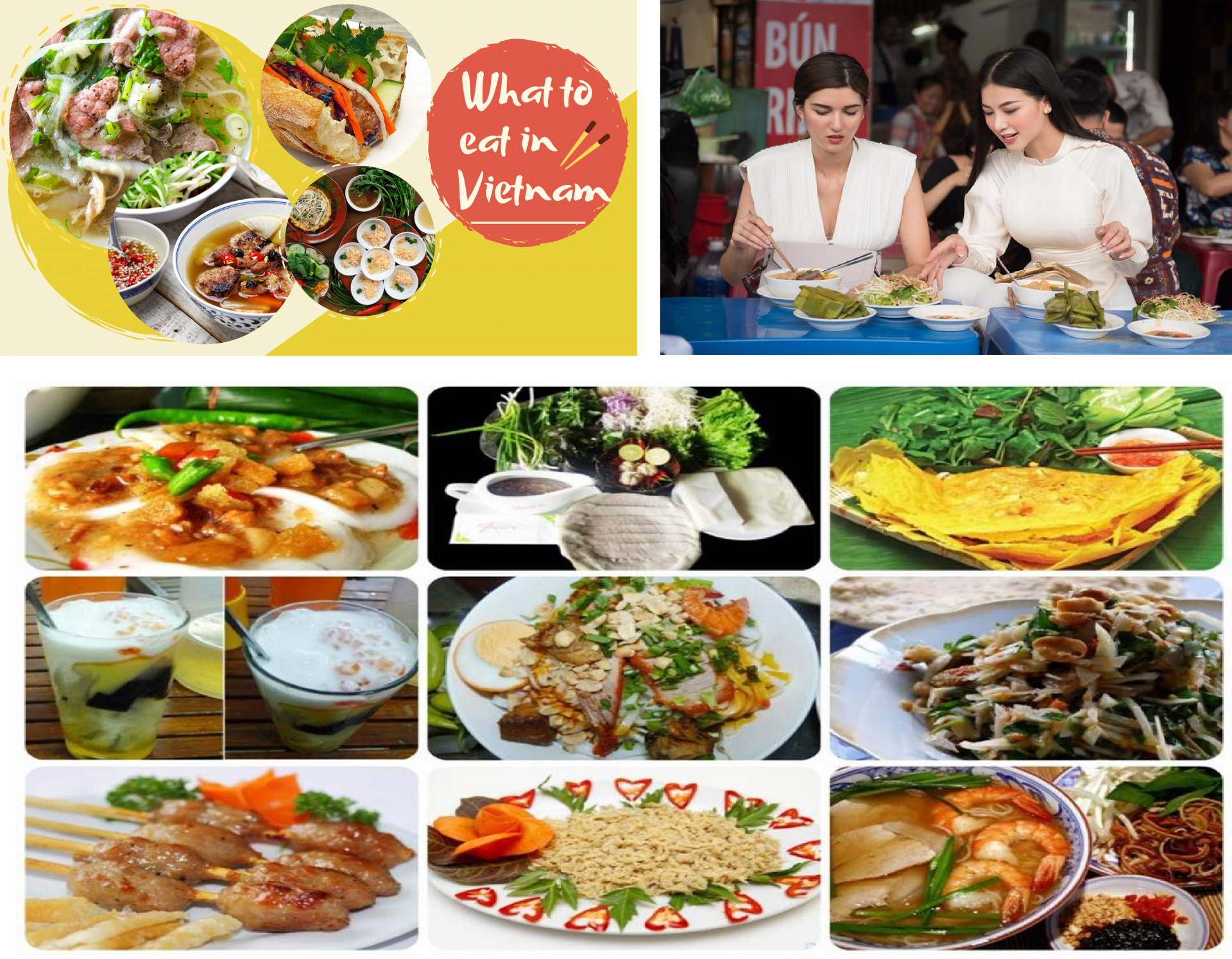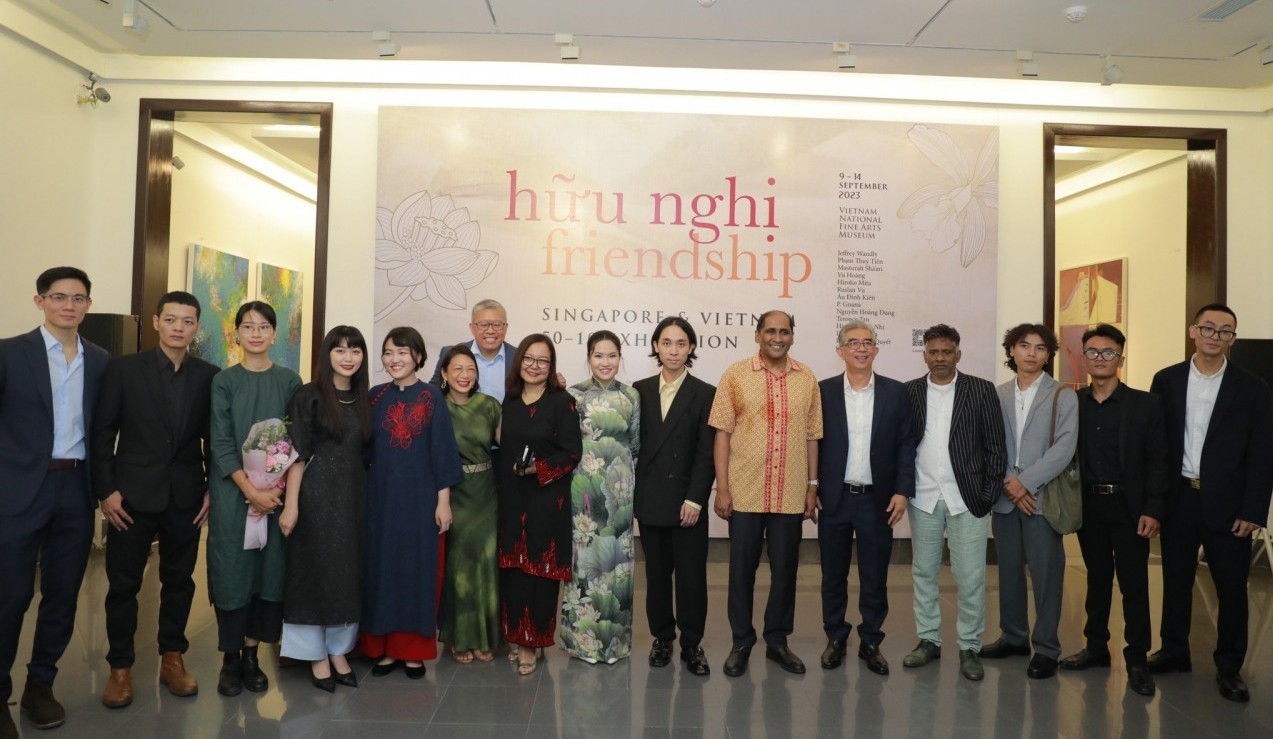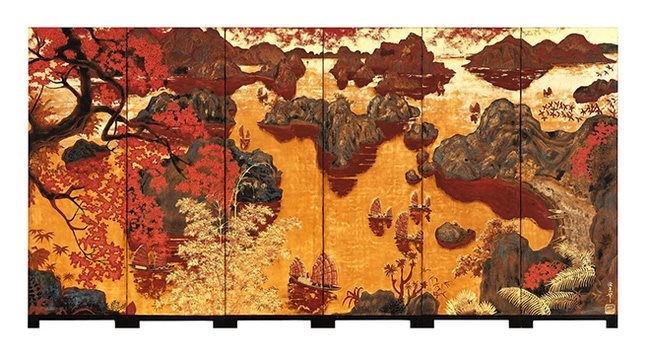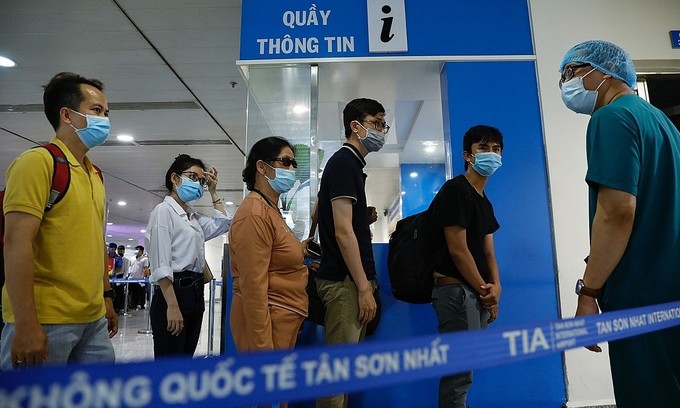Quang San Museum of Art Unveils Vietnam's "Mona Lisa" by Mai Trung Thu
| Third Vietnamese Day at Baku Draw Numerous Participants | |
| Foreign Visitors Discover Vietnamese Art at National Fine Arts Museum |
The exhibition takes visitors back to the Indochina period (1925-1945), a defining era in the history of Vietnamese fine arts. This was a time of profound cultural exchange and experimentation, where traditional Eastern aesthetics met Western academic techniques. Founded in 1925 under the leadership of Victor Tardieu, the École des Beaux-Arts de l'Indochine laid the foundation for formal art education in Vietnam based on European principles.
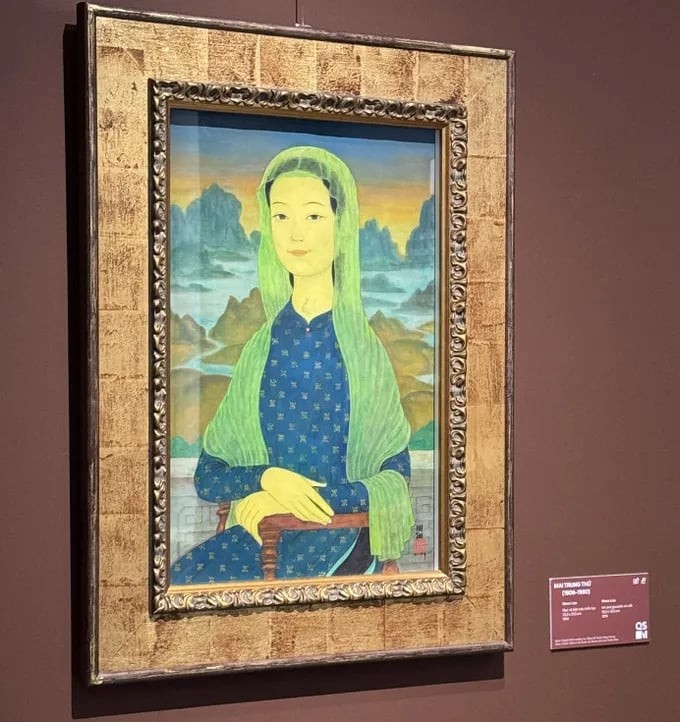 |
| The highlight of this exhibition is the painting "Mona Lisa" by artist Mai Trung Thu (Photo: SGDP) |
Rather than simply adopting European academic models, the school quickly became a fertile ground for both teachers and students to experiment with indigenous materials such as lacquer, silk, and woodblock printing. These explorations, alongside influences from France, China, and Japan, contributed to the emergence of a distinctly Vietnamese artistic identity - marked by an aesthetic pursuit of beauty through the fusion of Eastern sensibilities and Western technique.
A highlight of the exhibition is Mona Lisa (1974) by Vietnamese painter Mai Trung Thu. Painted when the artist was 68, this work is his third and most ambitious interpretation of Leonardo da Vinci’s iconic masterpiece. While a derivative piece, it stands out not for imitation, but for its cultural translation, an East-West dialogue that both pays homage to the Renaissance spirit and affirms a Vietnamese identity.
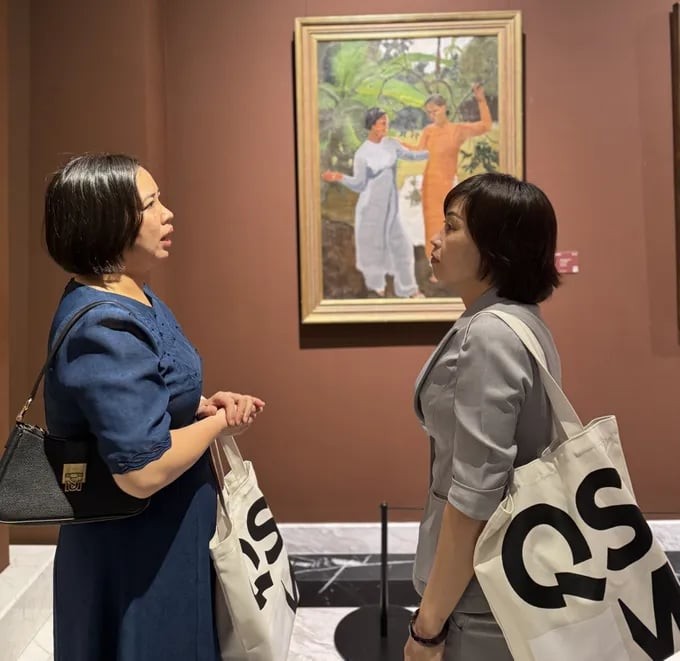 |
| Visitors at the special exhibition (Photo: SGGP) |
In Mai Trung Thu’s version, the figure dons a traditional ao dai and is set against a misty backdrop evocative of Ha Long Bay. Her jet-black hair is gently veiled by a translucent green scarf, blending softly into the mountainous background. Her hands are composed in a graceful pose characteristic of Eastern portraiture.
Painted on silk-one of the artist’s favorite mediums, the work exudes a light, atmospheric quality. The material lends emotional depth and becomes a visual counterpoint to the oil painting tradition dominant in Western portraiture.
| Coinciding with the exhibition, the Quang San Museum also unveils its new brand identity - developed in collaboration with leading design and art professionals. The refreshed identity incorporates expressive visual language, symbols, and colors that reflect the museum’s heritage while embracing a modern, dynamic spirit. This marks an important step in the museum’s evolution - where tradition is reimagined through a contemporary, community-oriented lens. Nguyen Thieu Kien, Director of the Quang San Museum of Art, shared: “From the logo and color palette to the typography and graphic elements, everything was carefully curated. We aim to honor our heritage while shaping a vibrant, future-focused identity - one that connects with the public and speaks to the times ahead.” |
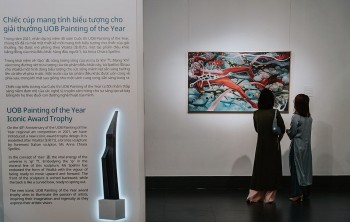 | Paintings Winning International UOB Art Competition Display in Hanoi The inaugural UOB Painting of the Year exhibition held in Hanoi and Hue marks a continuation of the success from the first exhibition in Ho ... |
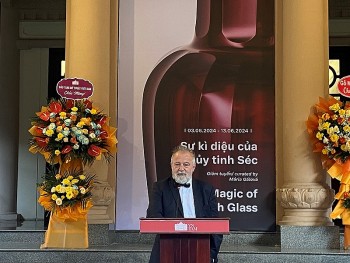 | The Fine Art of Czech Glassmaking Display in Hanoi A special exhibition highlighting the artistry and craftsmanship of Czech glassmaking opens in Hanoi in the afternoon of June 3. |
Recommended
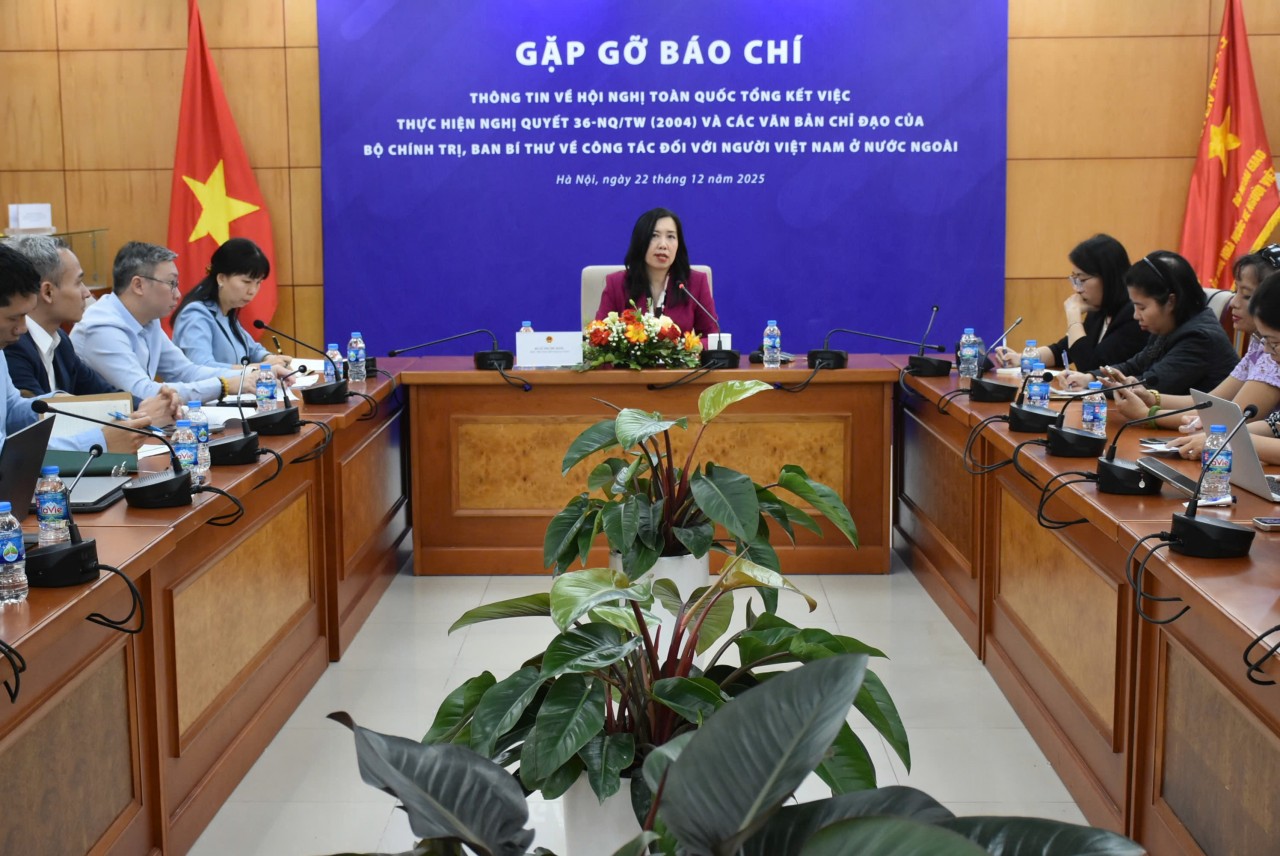 Viet's Home
Viet's Home
Comprehensive Review of Overseas Vietnamese Affairs To Takes Place on December 25
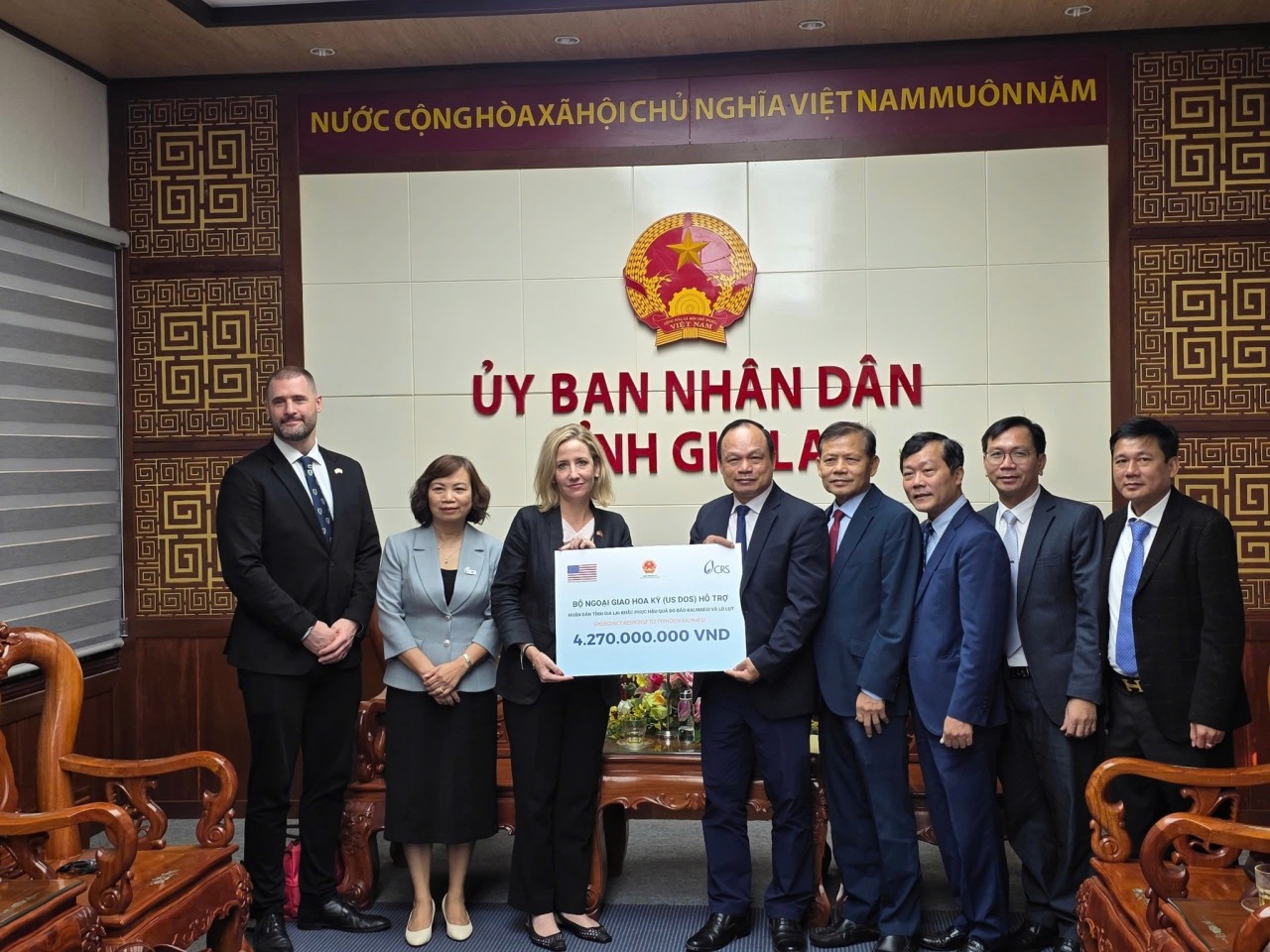 Viet's Home
Viet's Home
US Government Aid Supports Natural Disasters Recovery in Gia Lai Province
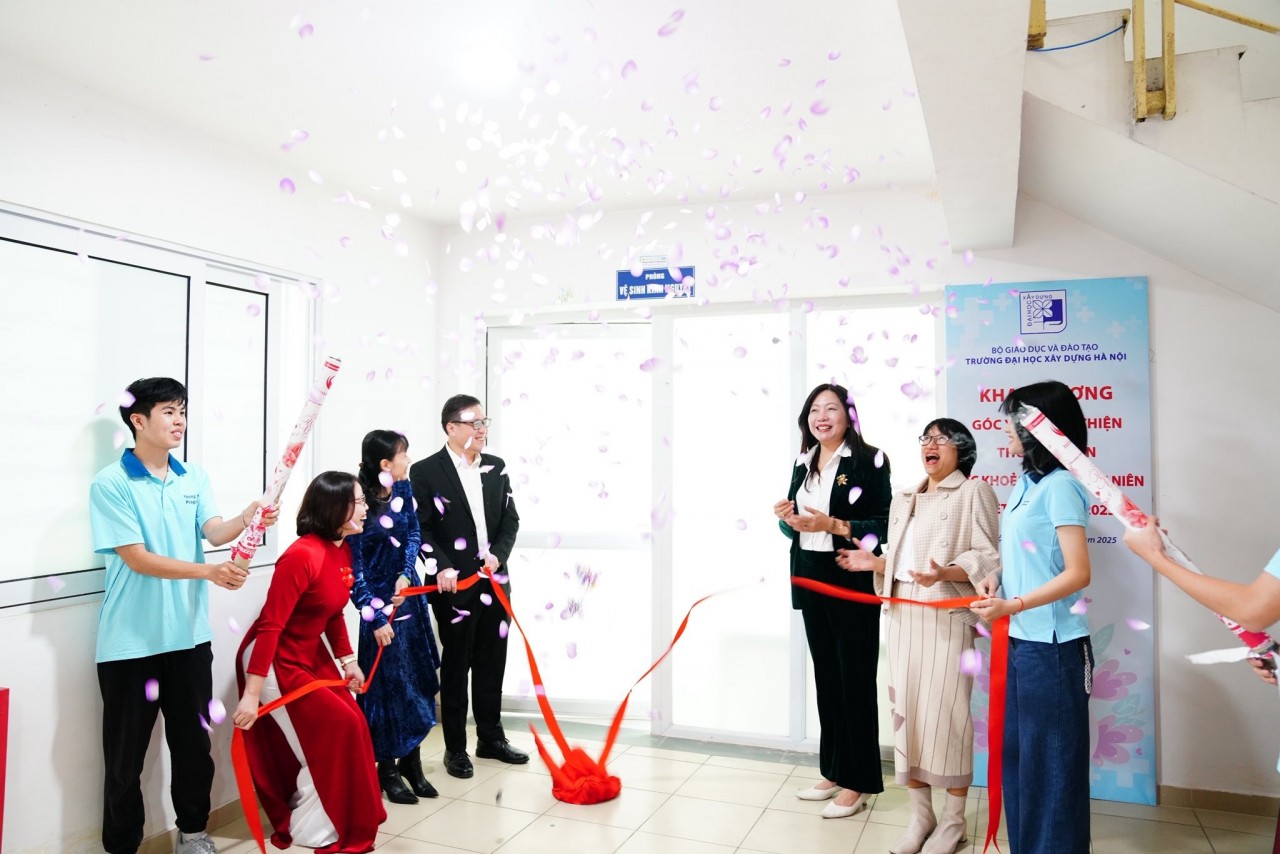 Viet's Home
Viet's Home
Launch of “Student-Friendly Health Corner” In Vietnam
 Viet's Home
Viet's Home
Handover of First House Under “Quang Trung Campaign”
Popular article
 Viet's Home
Viet's Home
Room to Read Helps Spread Reading Culture to Over 3.2 Million Students
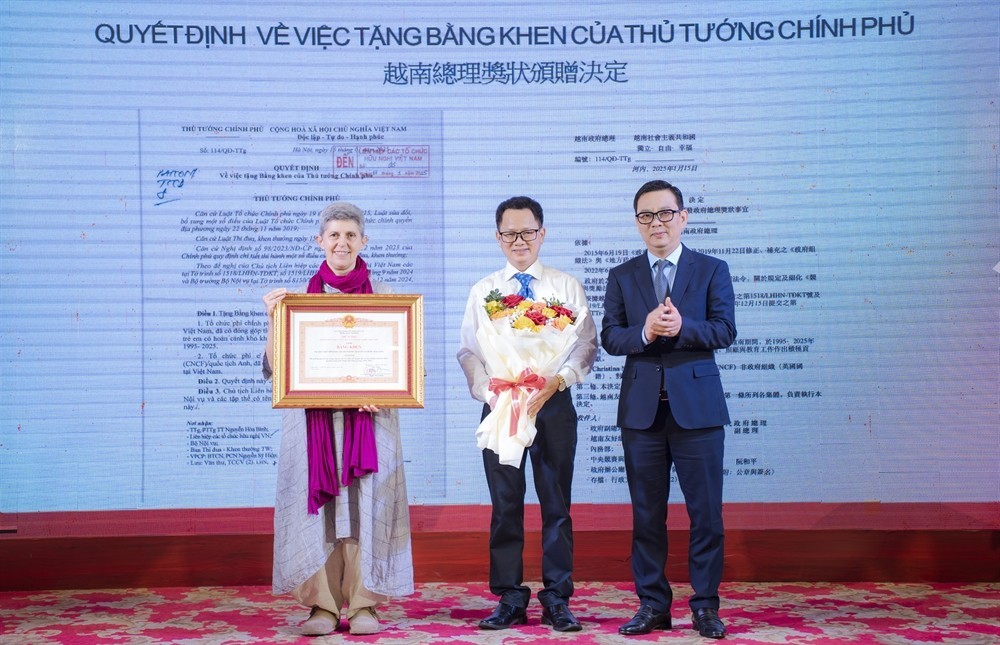 Viet's Home
Viet's Home
Zhi Shan Foundation Marks 30 Years of Operations in Vietnam, Receives Certificate of Merit from the Prime Minister
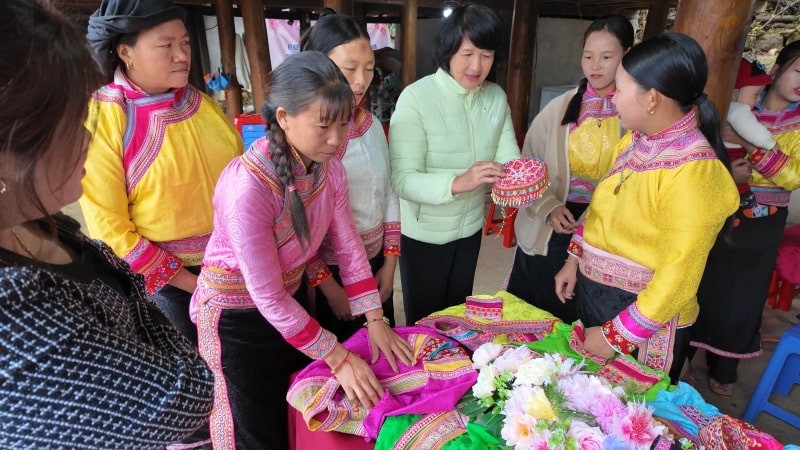 Viet's Home
Viet's Home
Muong Tung Farmers - Core Force in Poverty Reduction
 Viet's Home
Viet's Home


